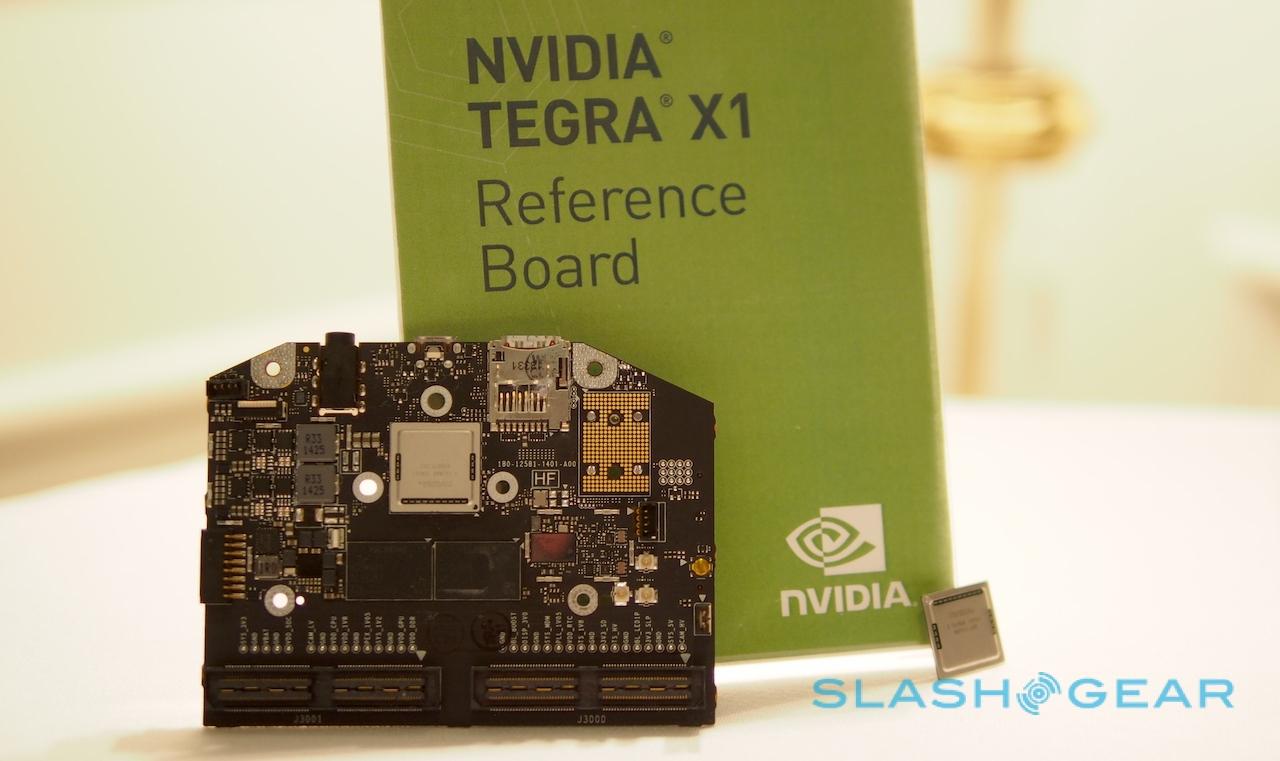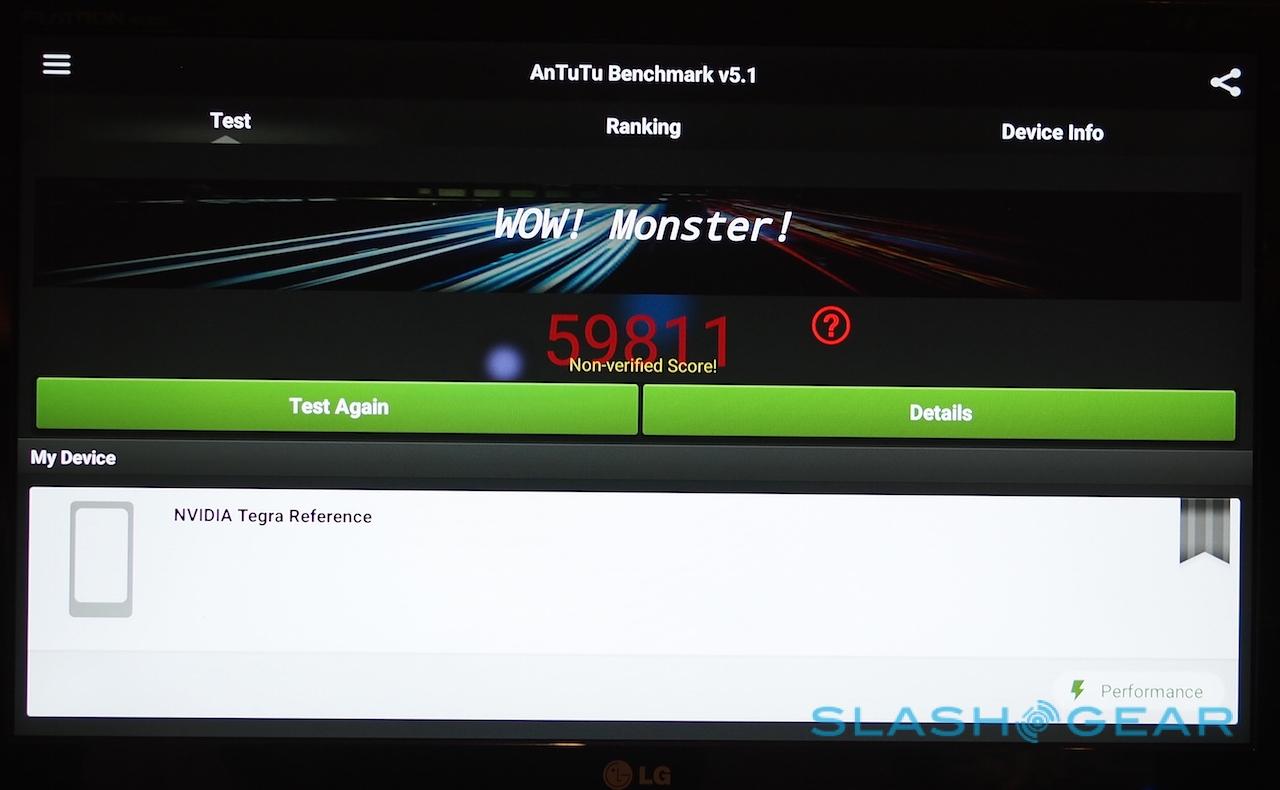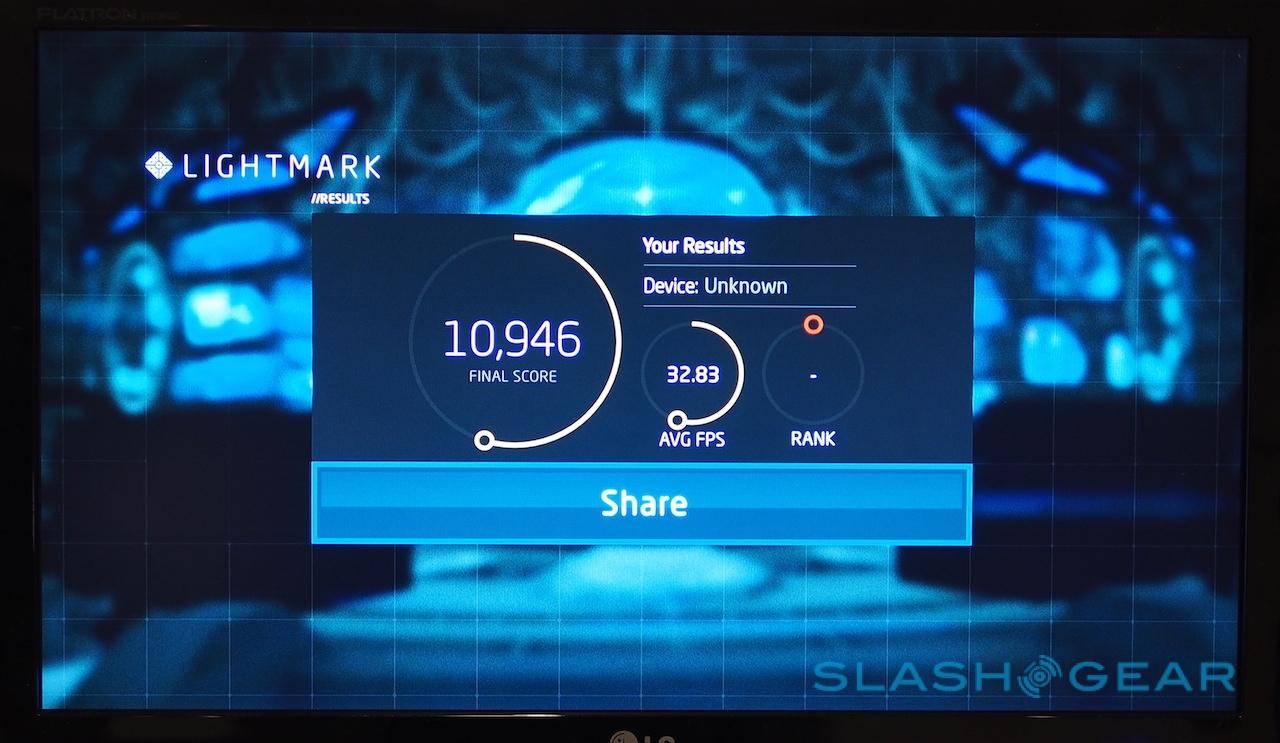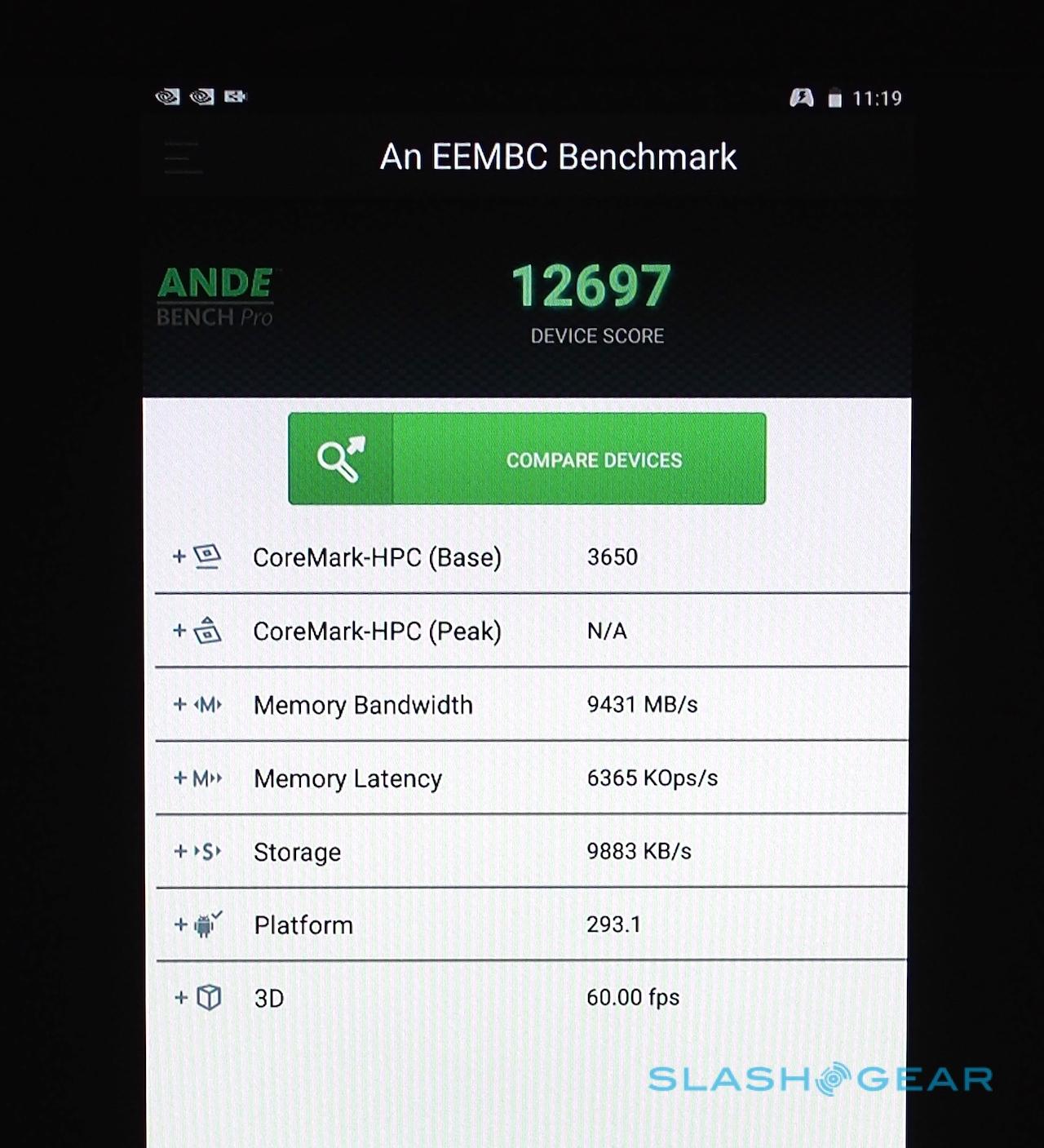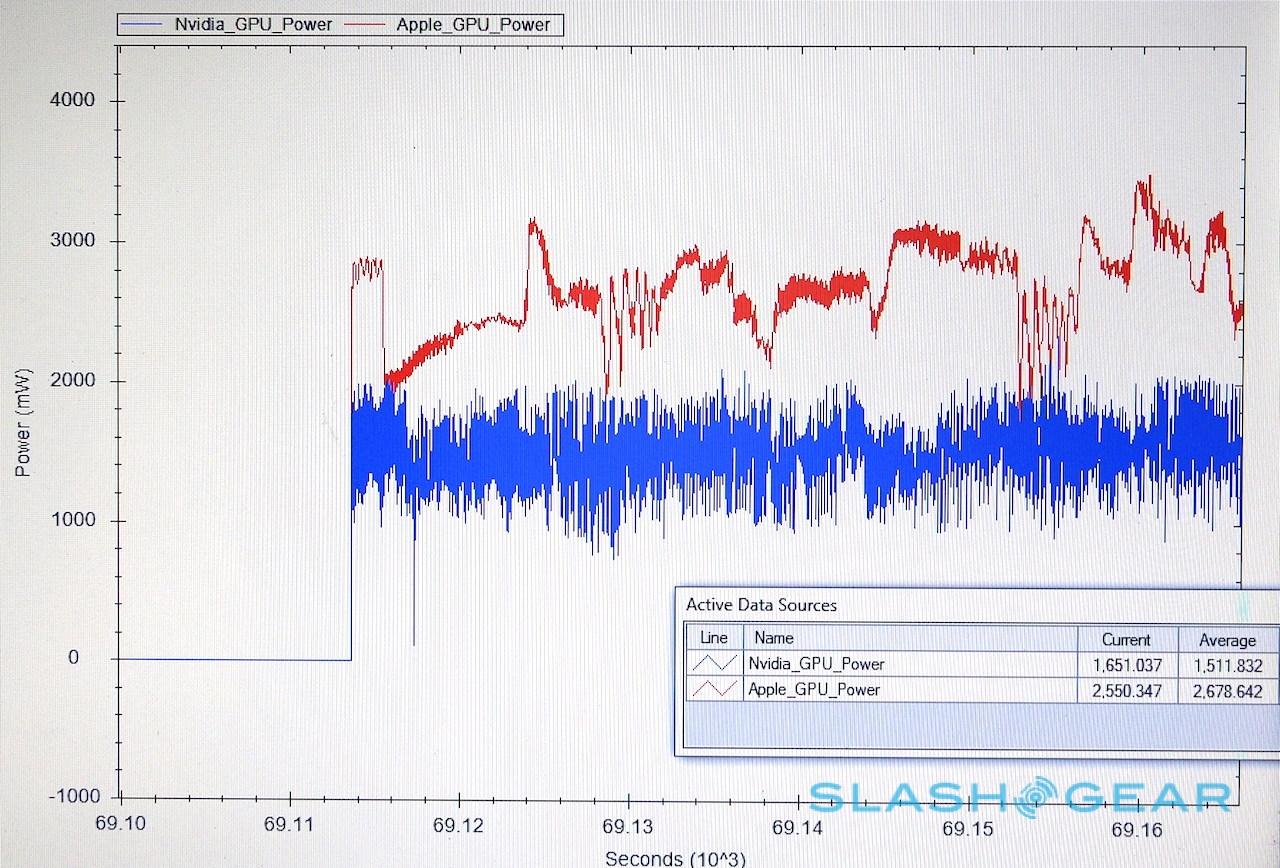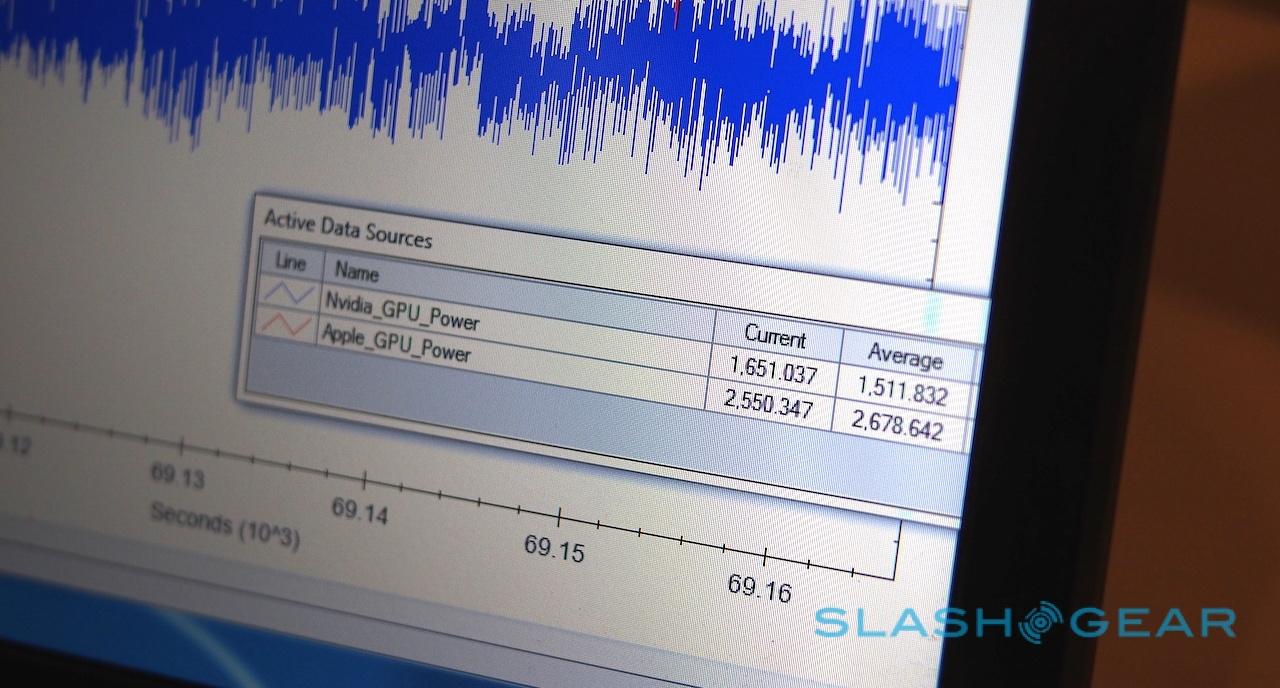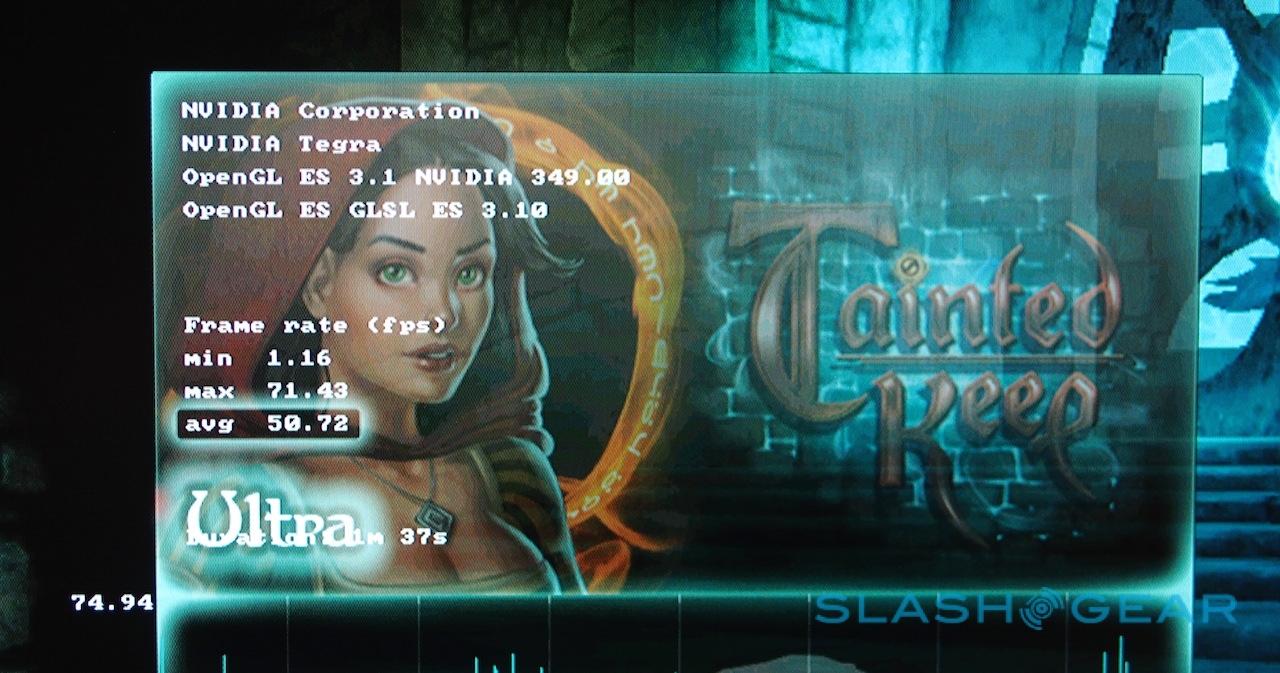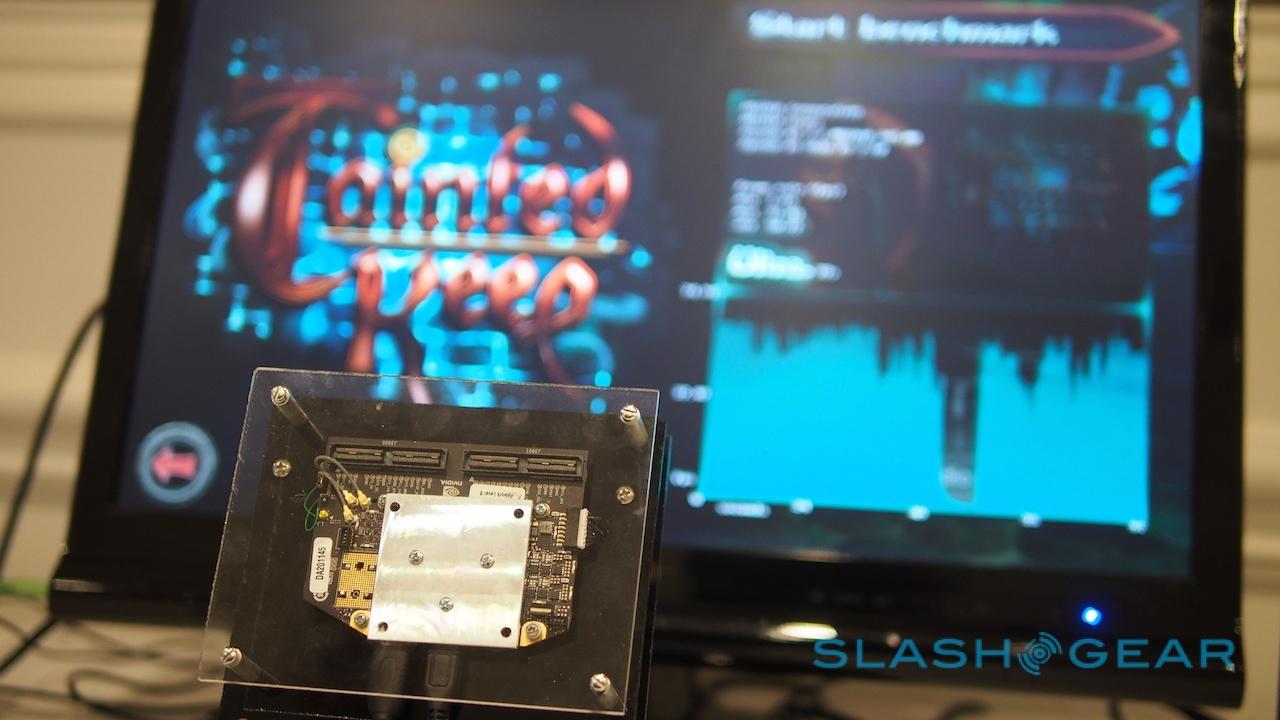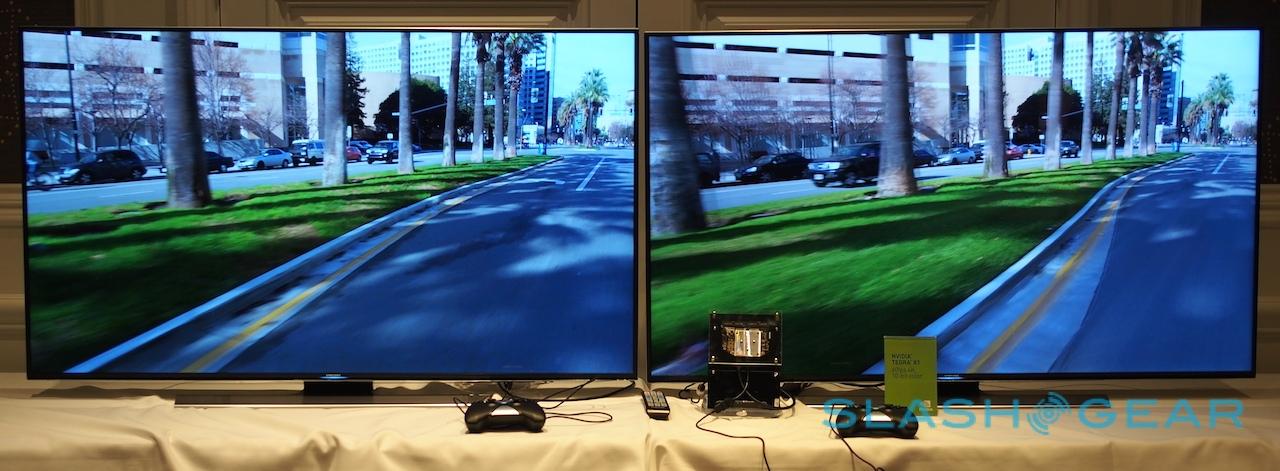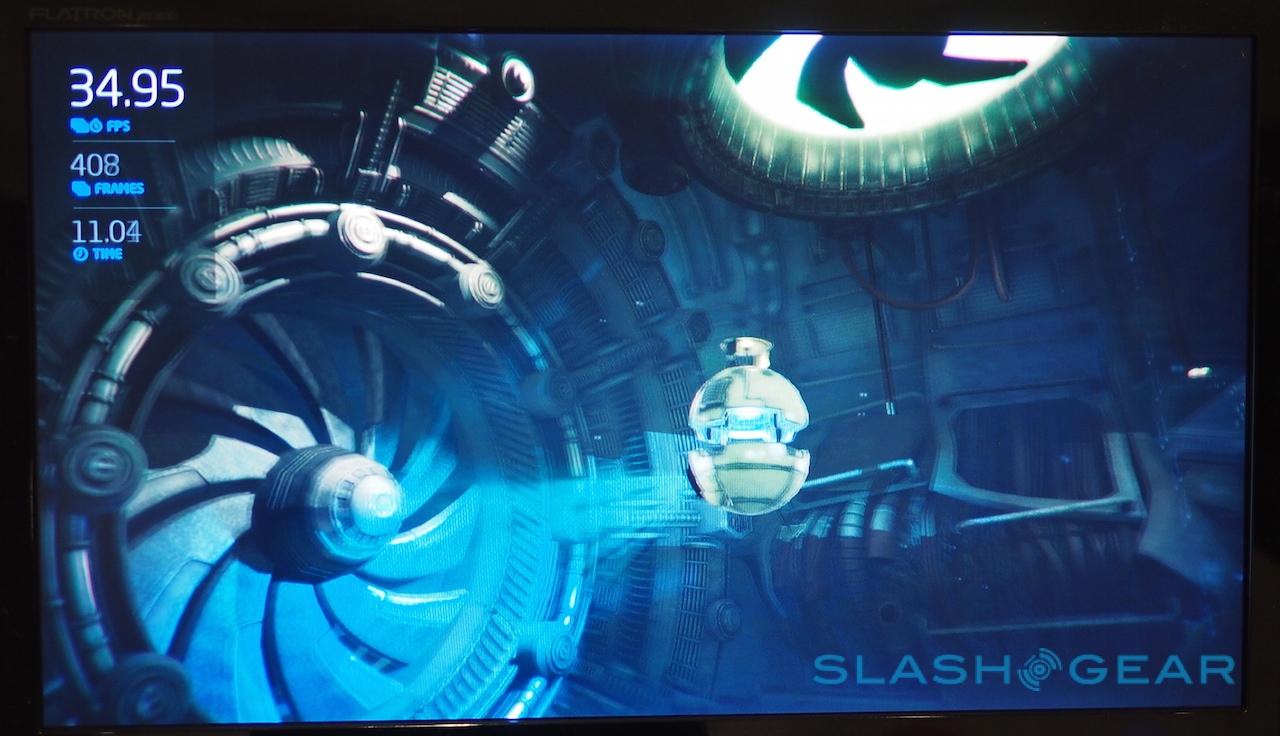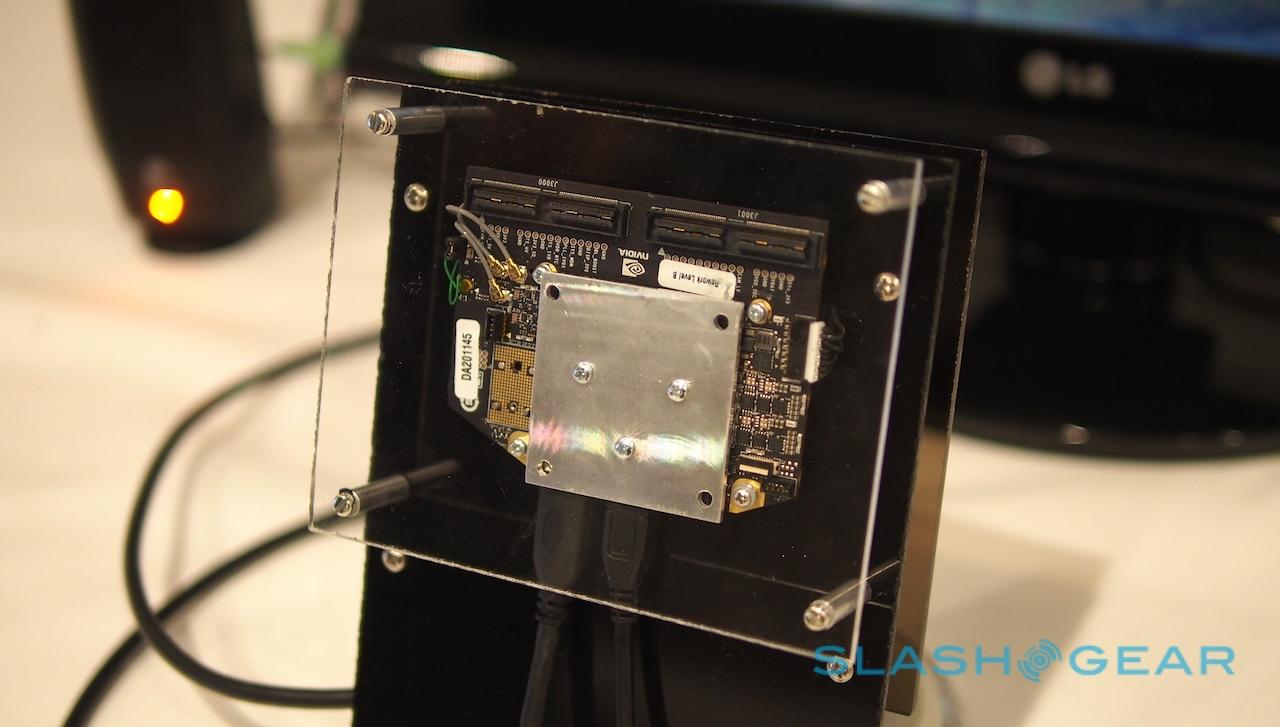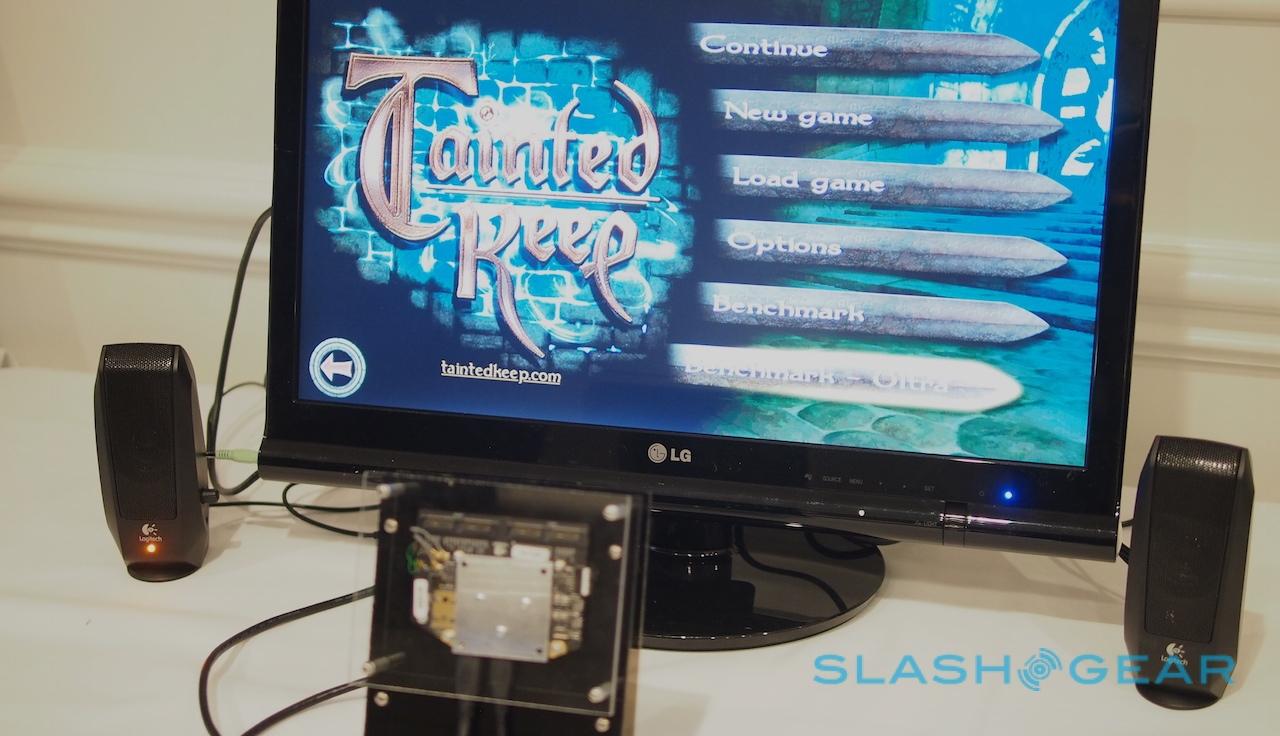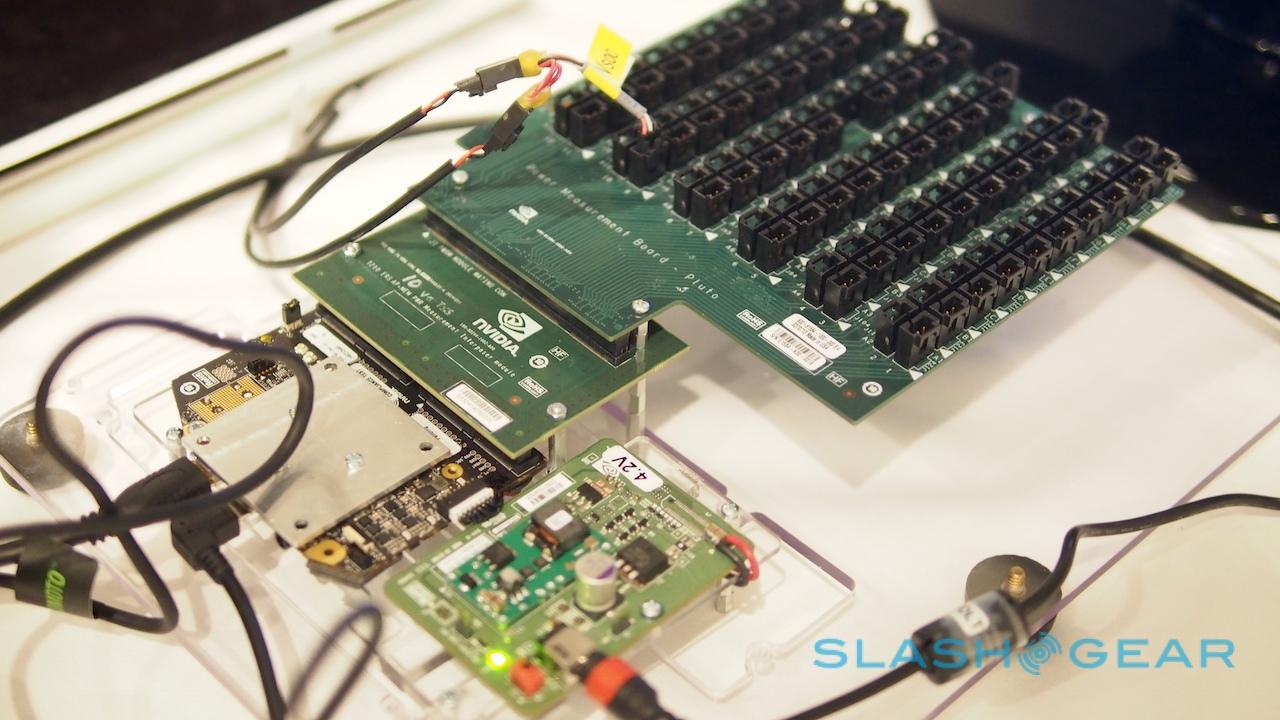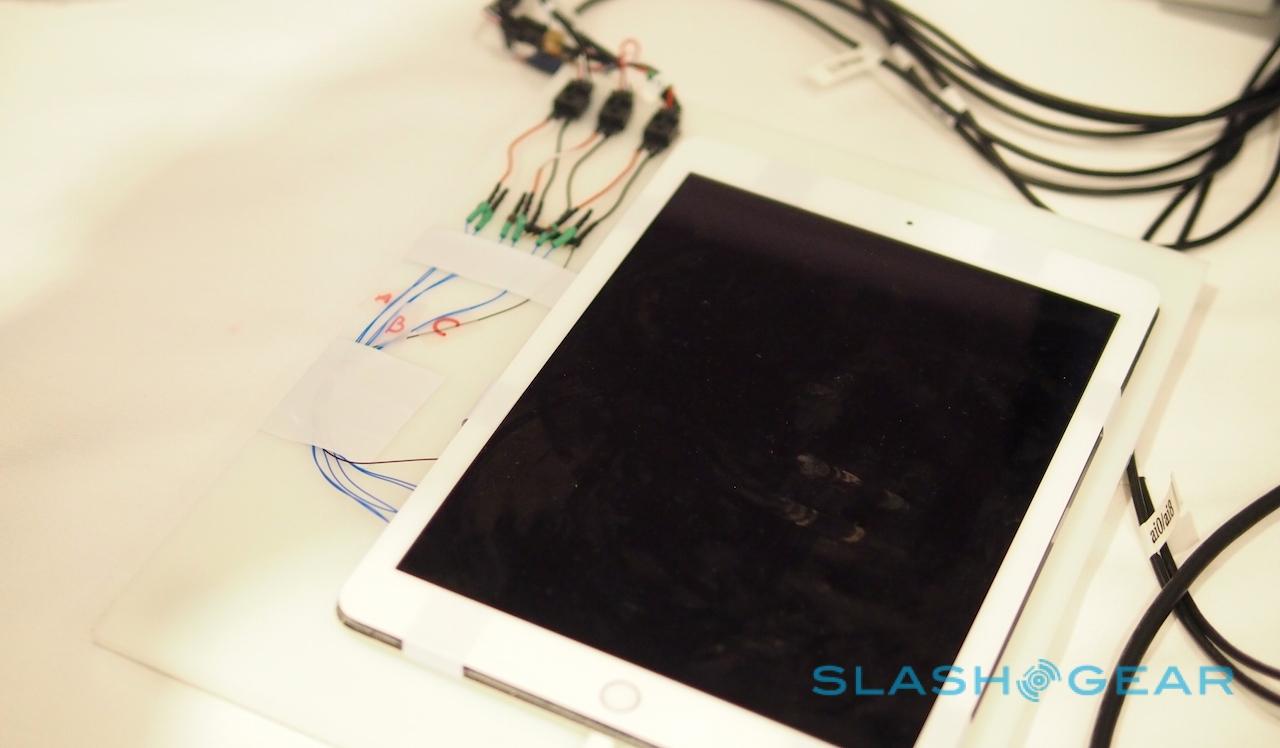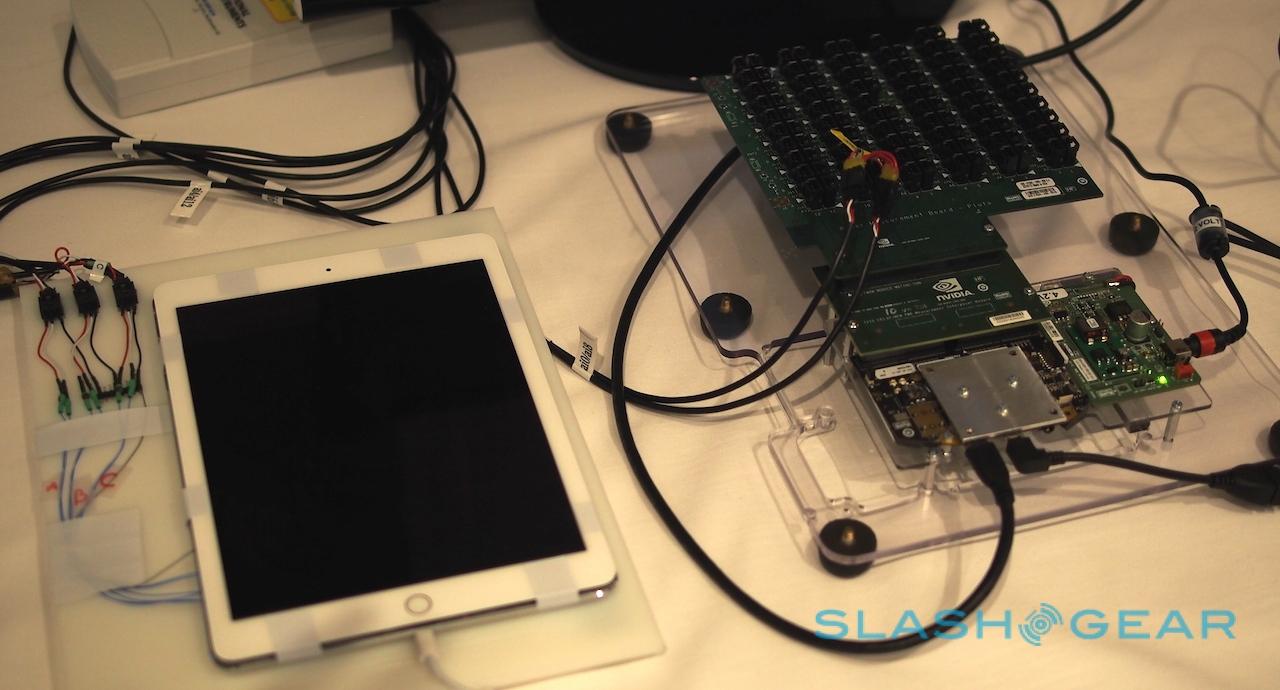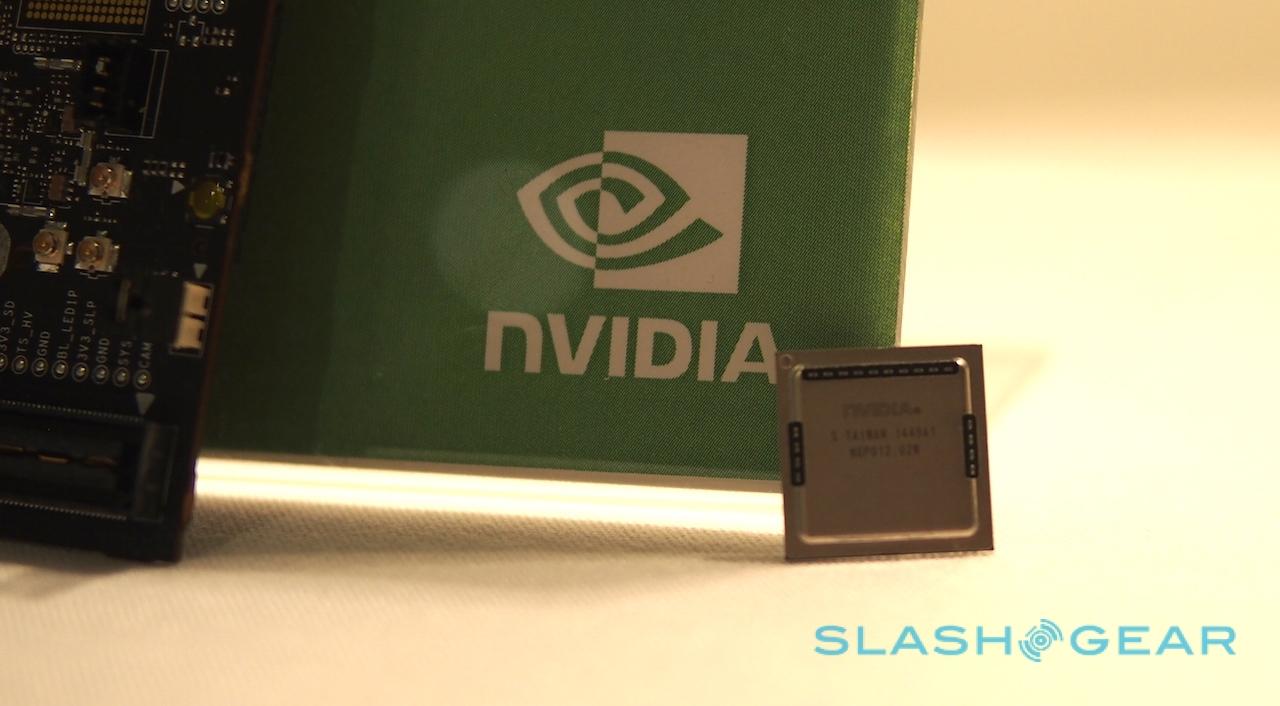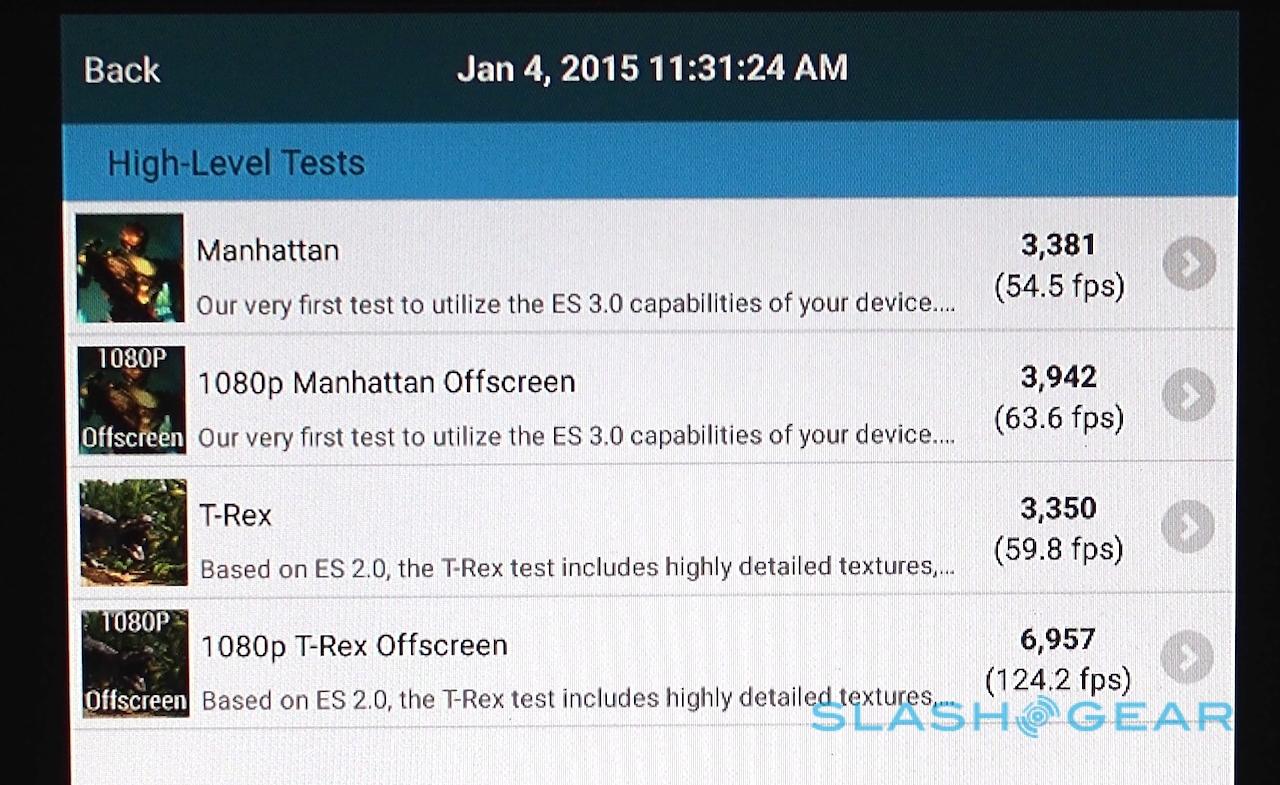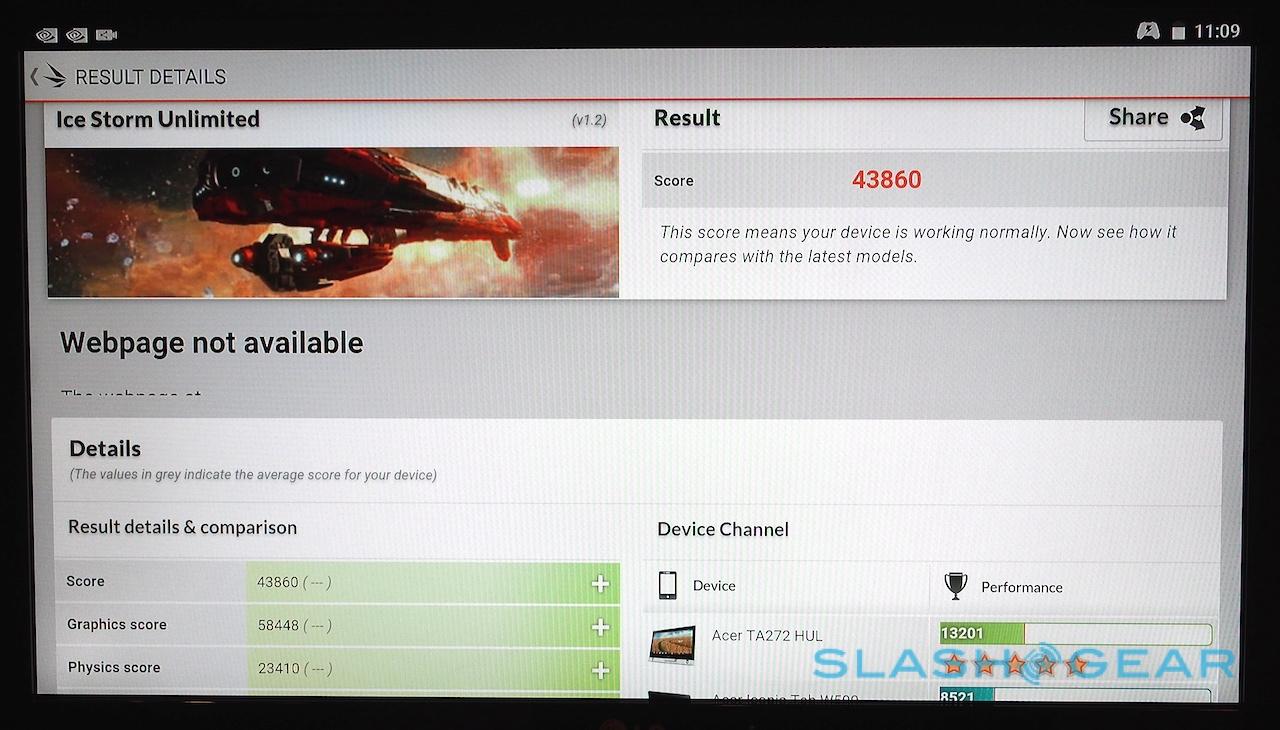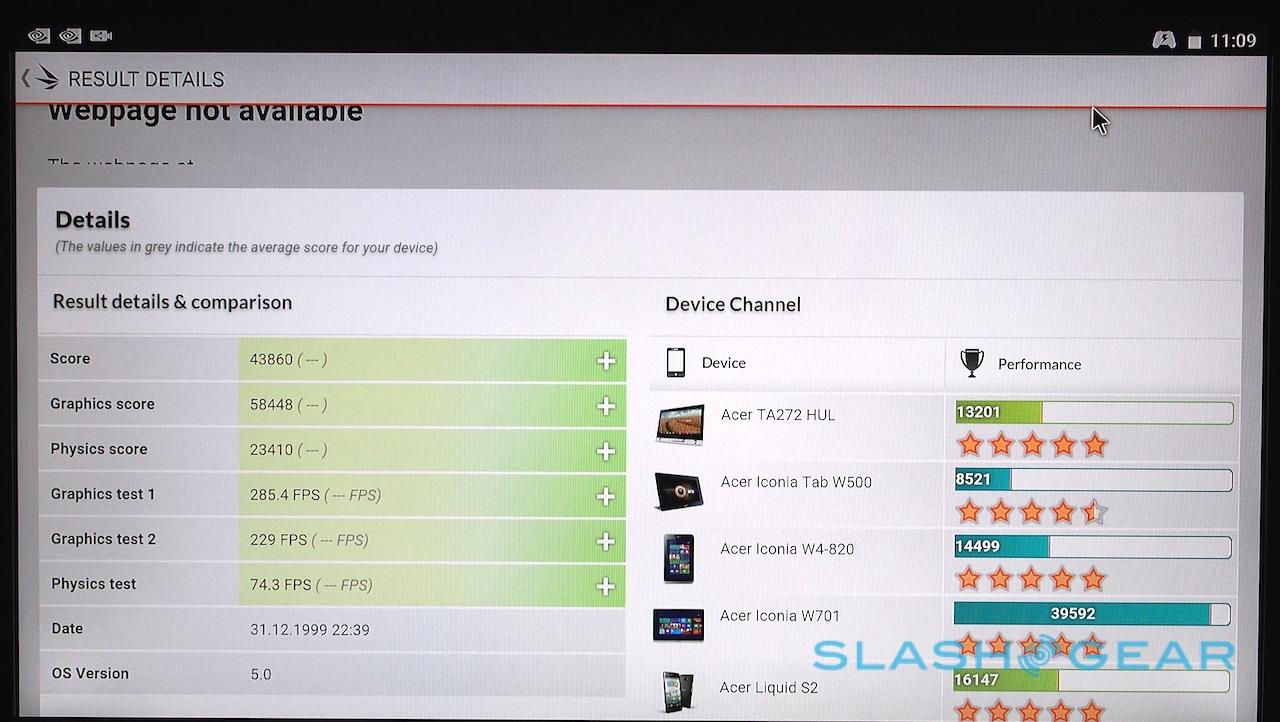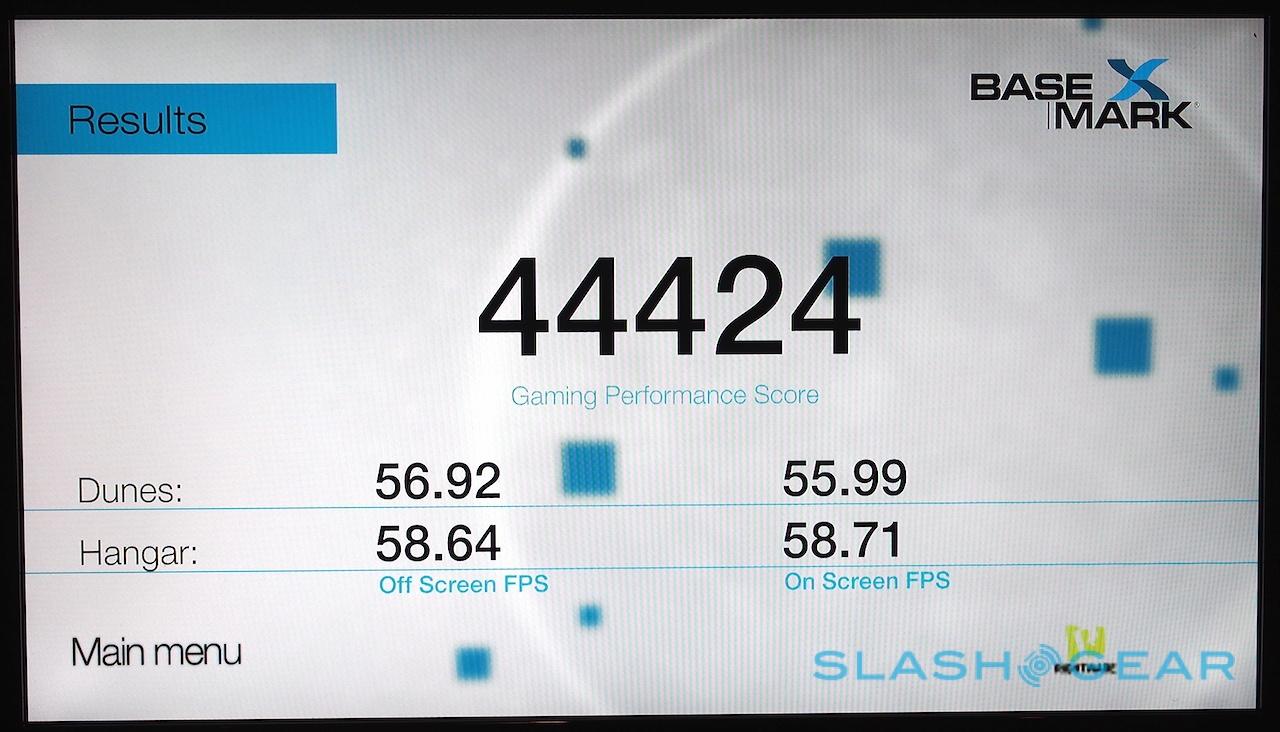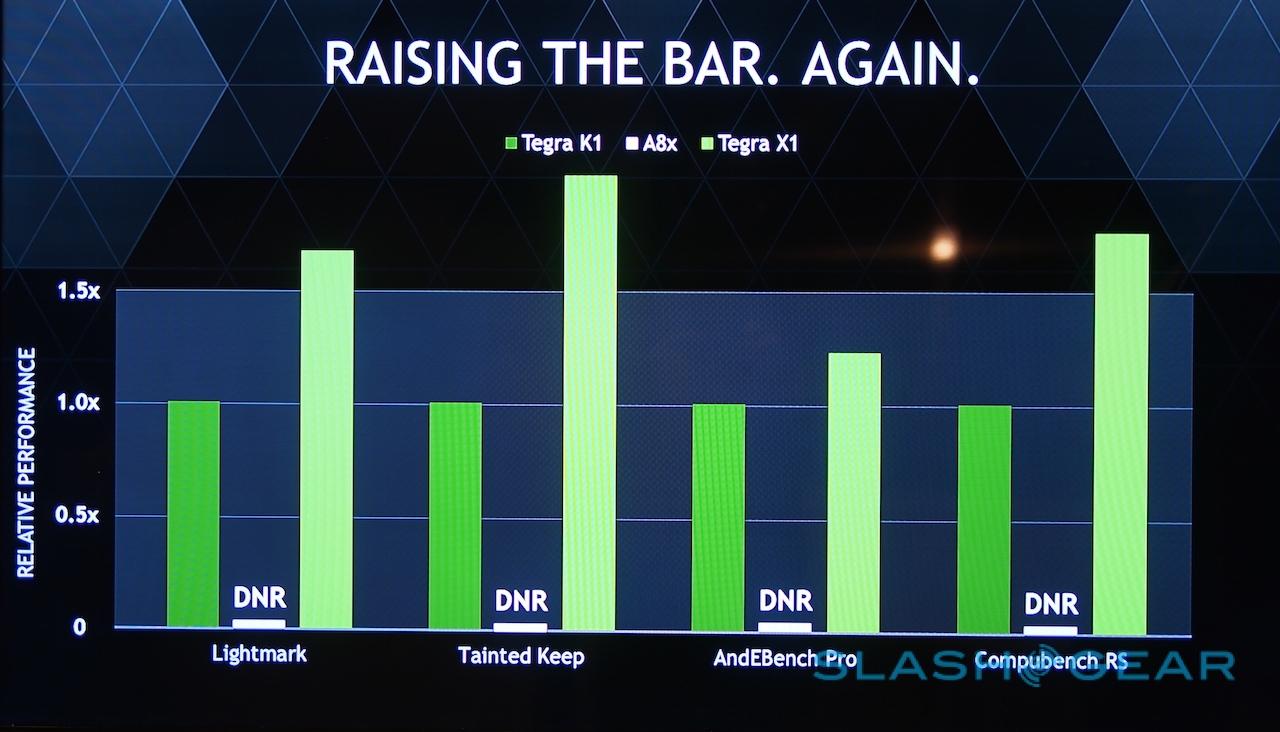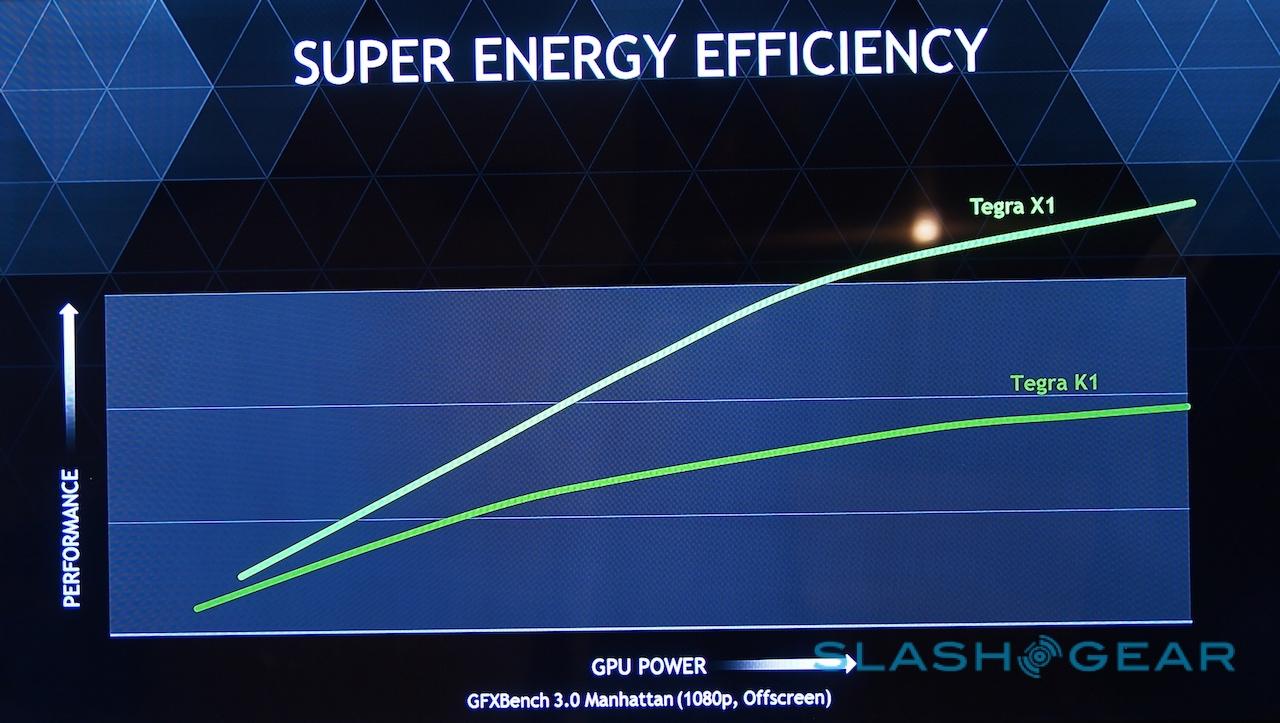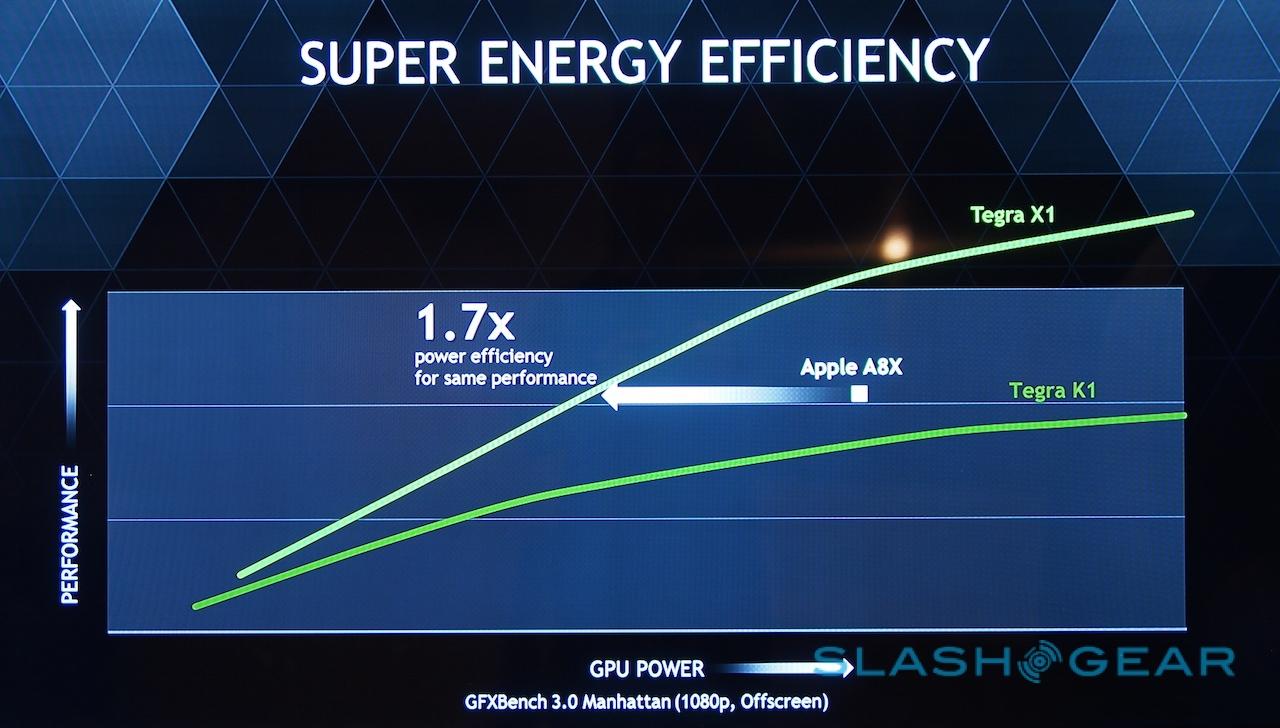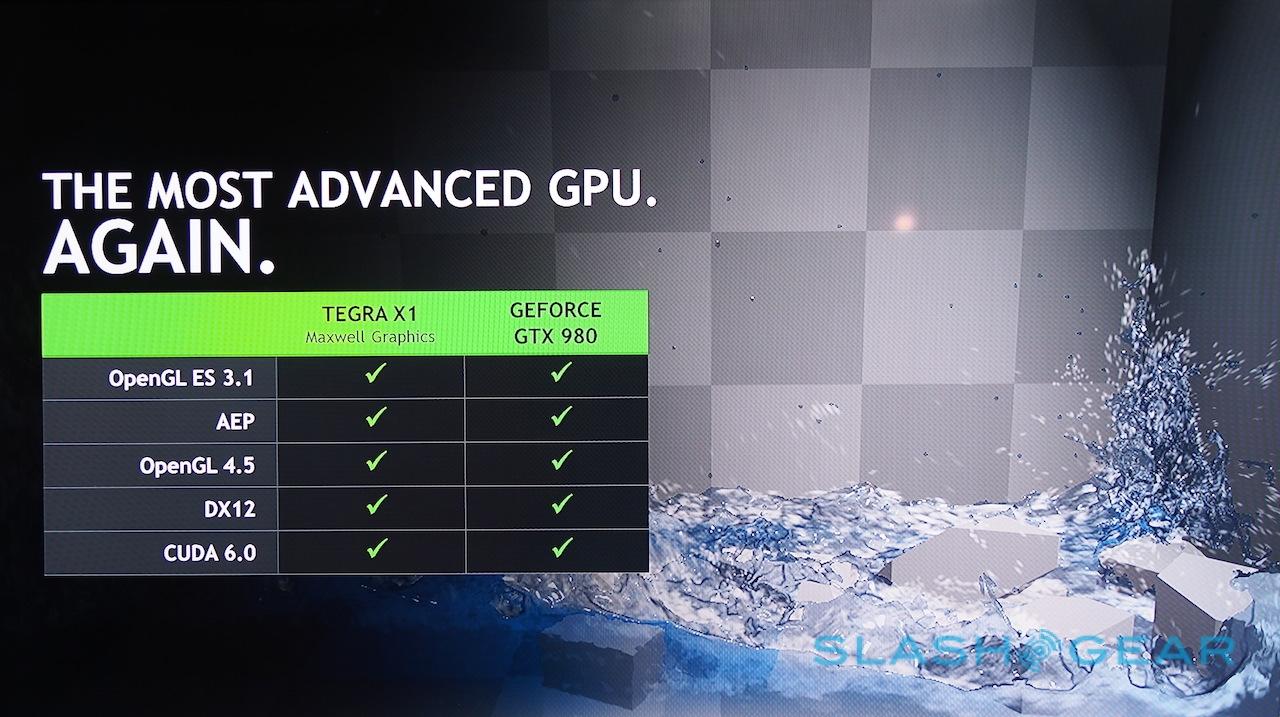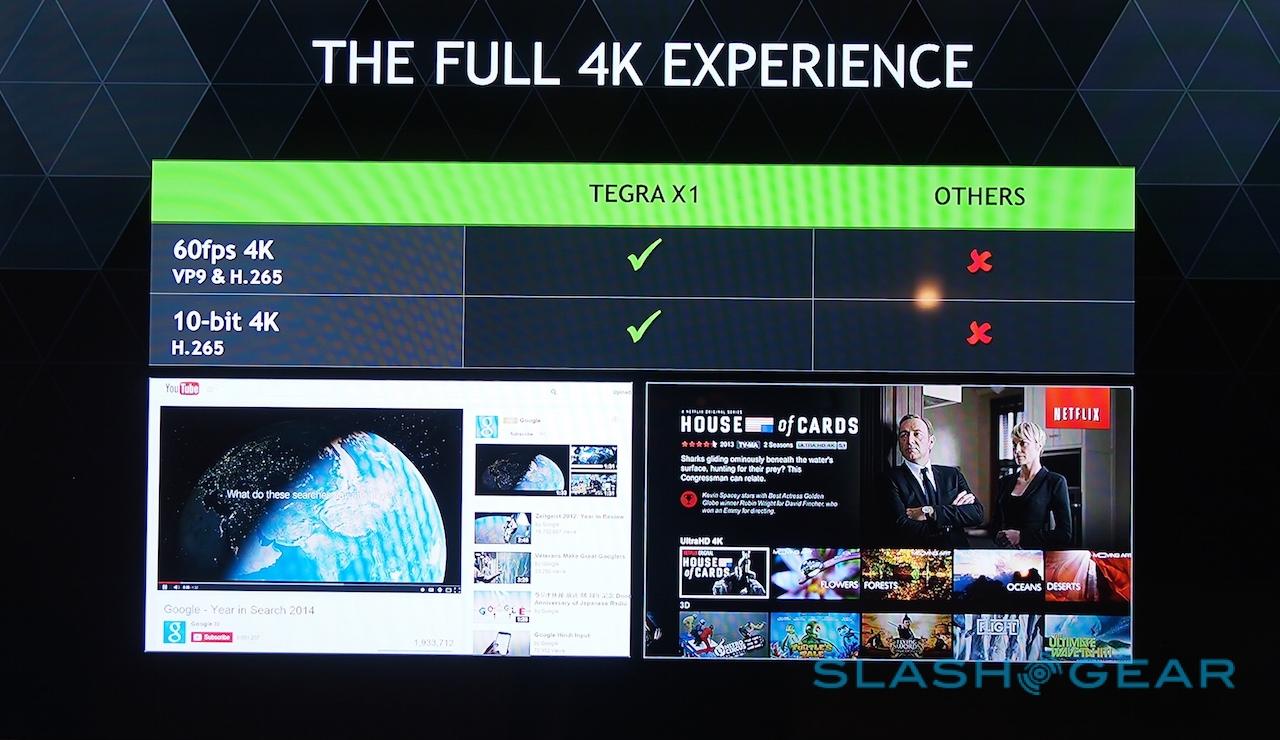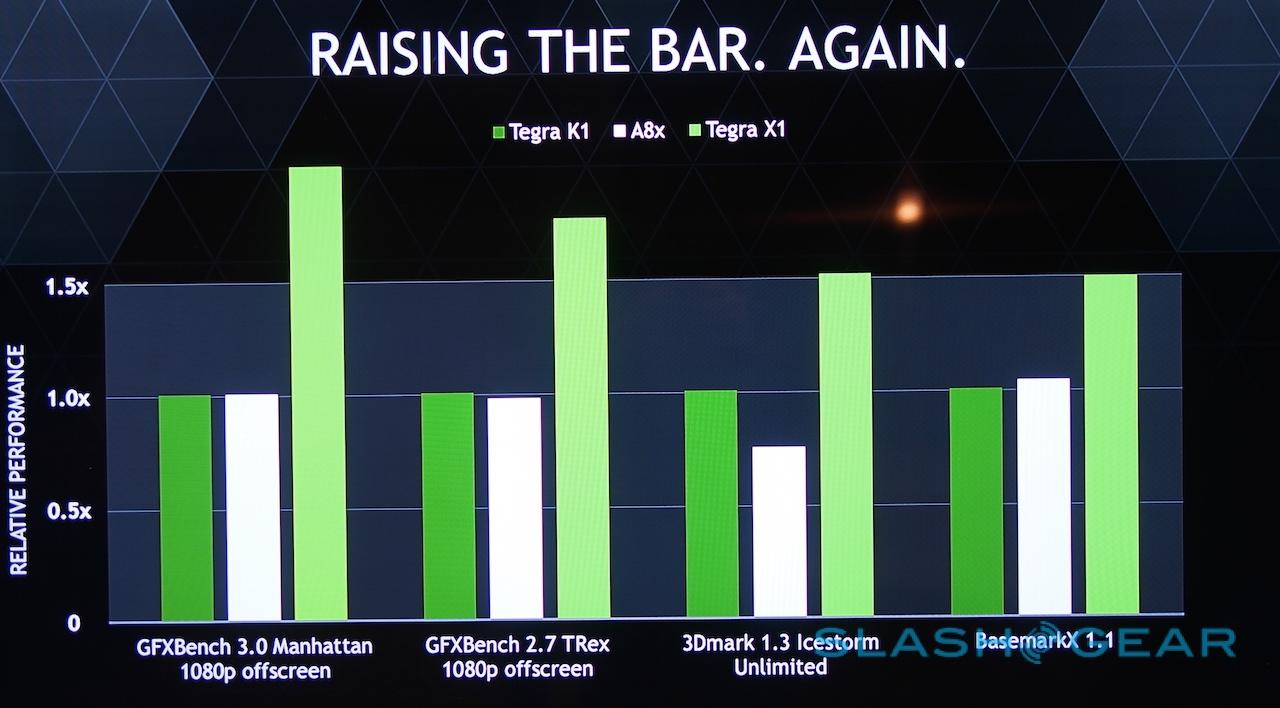NVIDIA Tegra X1 Benchmarks Put Apple A8x On Notice
Last year, NVIDIA opened CES with its pre-show keynote and the Tegra K1; for CES 2015, it's the turn of the Tegra X1. NVIDIA's latest mobile super-chip takes the Maxwell GPU as one half of its beating heart, paired with an 8-core, 64-bit ARM processor. It's arriving in devices like smartphones, tablets, and car dashboards this year, but we grabbed some early hands-on time to get a taste of what NVIDIA believes will thoroughly squash Apple's A8x.
The full potency of the Tegra X1 will have to wait to reveal itself in practice until it's actually in some production hardware. However, NVIDIA invited us along to sample some benchmarks and see the raw performance ahead of its press conference today.
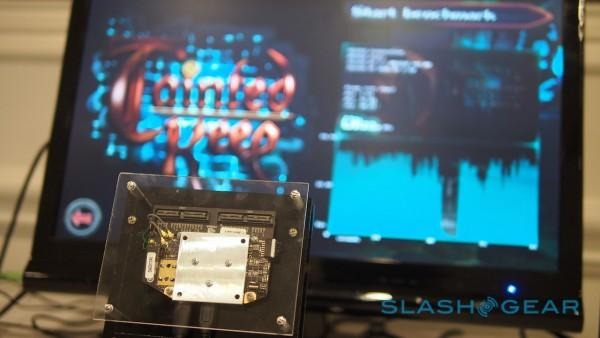
NVIDIA's reference board is as you'd expect: a postcard-sized slab with the basics to get manufacturers going. For the benchmark demonstration, the engineers had bolted a heatsink to it to replicate the sort of cooling prowess an average tablet would have.
From that point on, it was a case of cranking up the numbers, and going by early impressions the Tegra X1 doesn't just show up the A8x but NVIDIA's own K1 too. Depending on the task, graphics performance is effectively doubled over the K1.
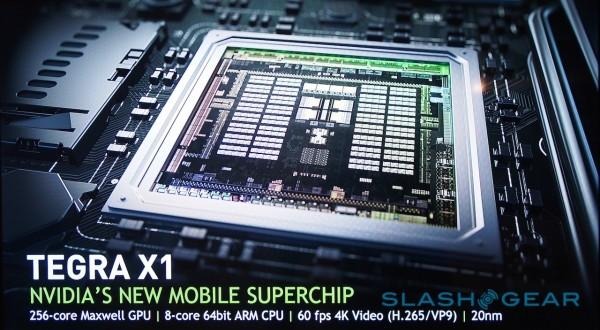
That's not the whole story, however. While NVIDIA tells me manufacturers are still eagerly coming up with new ways to utilize the extra power – console-quality gaming still being a big focus, but silky-smooth 60fps 4K video another area of interest – the flip side is that you could get K1-style performance out with significantly reduced power requirements.
So, for about the same power consumption, the Tegra X1 will offer roughly double the performance of the K1. Throttled back to match the graphics performance of Apple's A8x in the iPad Air 2, meanwhile, the X1 supposedly delivers 1.7x the power efficiency.
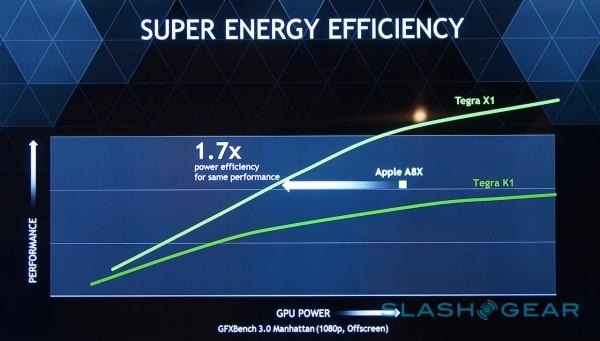
Make no mistake, NVIDIA is gunning for Apple's chipset. While the company had the usual Android benchmark apps on-hand, including in-game tests like that of Tainted Keep – you can see the results in the gallery below – it also had a Frankenstein's monster testing rig to directly compare Tegra X1 with the iPad Air 2.
By yanking off the rear, and isolating the iPad's GPU, NVIDIA was able to measure what power the A8x used as it ran the same benchmarks as the Tegra X1. Both vary considerably, as the graphics chips ramp up and down, but the upshot is that the X1 sips far less juice overall.
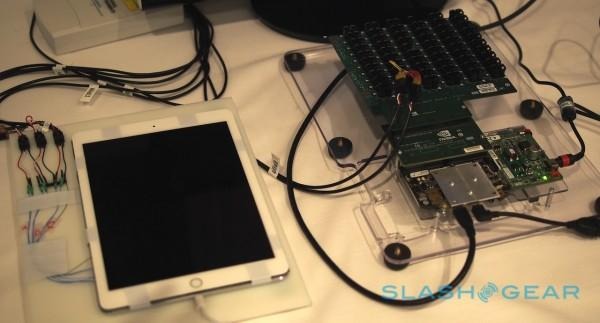
The final test was intended to show the importance of GPU power when faced with 4K 60fps video, something NVIDIA thinks is going to be of increasing relevance as smartphones and tablets develop in 2015. It's obviously not something you can really see in photos or even video, but side-by-side it was clear that the X1-played 60fps content was a whole lot smoother than then 30fps.
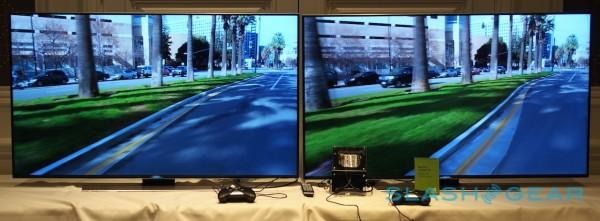
Of course, raw potency is only part of the equation: it's up to device manufacturers and software developers to actually use it. There, Apple does have something of an advantage in that it holds the keys to the kingdom for both hardware and software.
Still, as the Tegra SHIELD and the Tegra SHIELD Tablet have shown, NVIDIA isn't afraid of taking matters into its own hands when it comes to showcasing what its chips are capable of. There's nothing announced, but we'd be very surprised if the SHIELD family didn't gain a Tegra X1 sibling somewhere down the line.
When will we get all this power in devices actually on shelves? NVIDIA is being coy with release details – Tegra X1 is in production now, and sampling to manufacturers – and only saying that the first products are expected in 2015.

